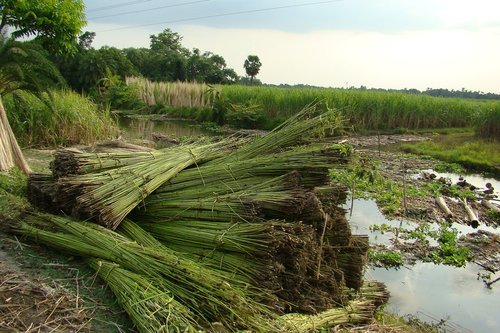
6 min read
The Provenance of Craft: Natural Materials and Their Cultural Roots
WLLW traces the deep roots of natural materials used in artisanal crafts and their role in healthy and sustainable design.

4 min read
WLLW investigates the paradox of crafts in a sustainable future.
The global craft marketplace is a mosaic of vibrant stories, skills and traditions, stitched together by artisans who infuse their cultural heritage into each piece they create. From Peruvian highlands to Indian villages, the handwoven rugs, delicately painted ceramics, and intricately carved furniture that fill boutique shops worldwide carry the weight of tradition and the promise of sustainability. Yet, their journey across continents raises questions about environmental costs. Can the craft marketplace balance the sustainability of production with the environmental toll of global transport?
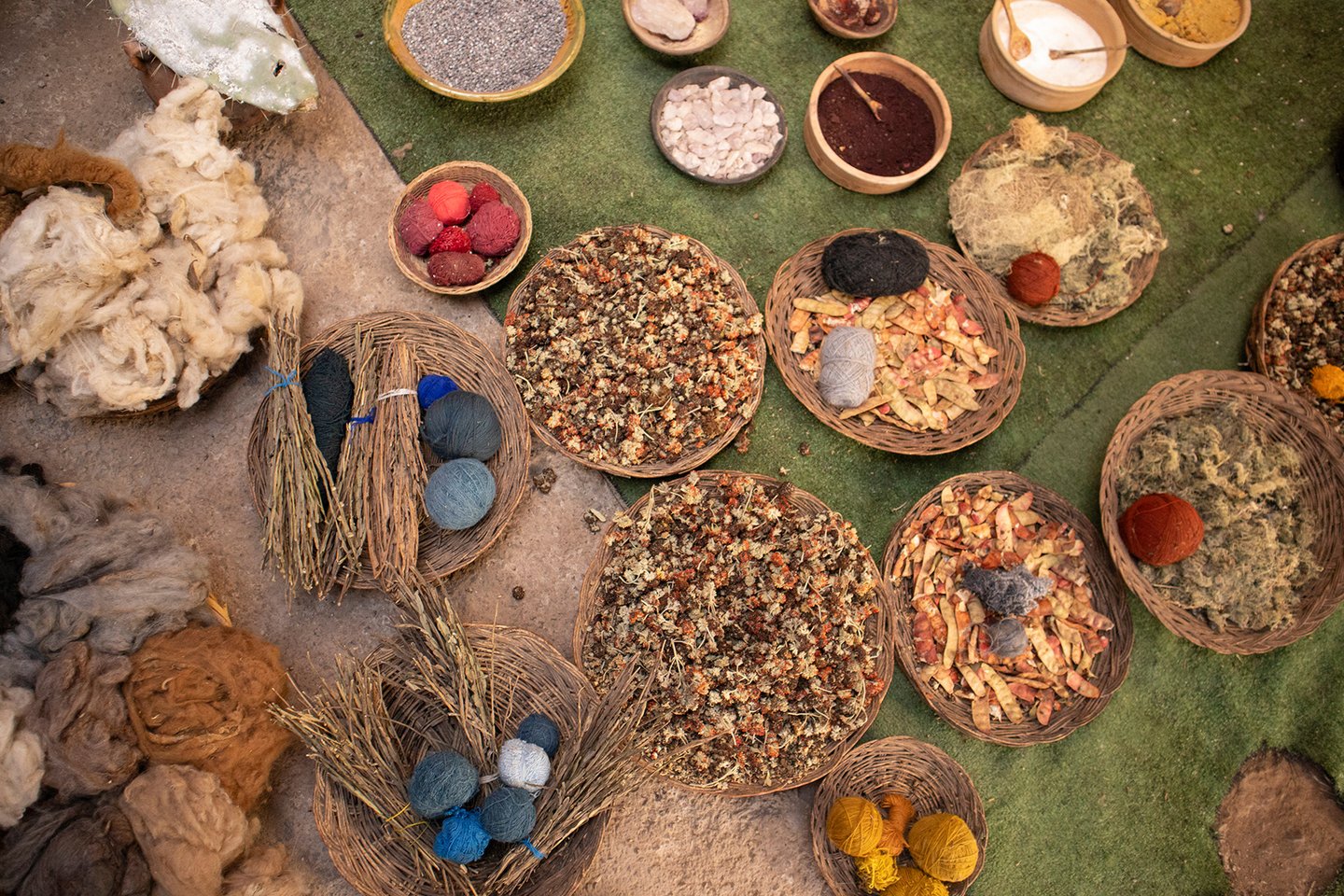
Crafts carry more than aesthetic value; they embody the spirit of the communities that create them. In the Sacred Valley of Peru, Quechua women sit in small groups, dyeing alpaca wool with natural pigments derived from cochineal insects, flowers and tree bark. Their centuries-old weaving techniques, passed down from generation to generation, produce vibrant textiles sought after by discerning consumers. Similarly, in Jaipur, artisans deftly wield wooden blocks to stamp intricate patterns onto fabric, a labor-intensive process that gives life to block-printed saris and table linens.
These pieces offer more than beauty – they connect consumers with distant cultures and stories. They are tangible expressions of heritage, skill and human creativity. For many buyers, owning a handcrafted item made with care in a remote corner of the world feels like an antidote to mass-produced uniformity. Yet, this very cosmopolitan appeal is entwined with contradictions: transporting crafts thousands of miles negates much of the sustainability these objects are meant to represent.

The journey of a craft item from its origin to a global marketplace is often long and resource-intensive. Take a handwoven rug from Uzbekistan, where Suzanis – vividly embroidered textiles – are crafted in traditional workshops. From there, they may be flown or shipped to stores in London or New York. While the craft itself reflects low-energy production, the transport emits significant carbon dioxide, particularly when goods are airfreighted.
Brands have taken steps to mitigate these impacts. Some, like Kalinko in Myanmar, use sea freight instead of air, significantly reducing emissions. However, this method is slower, requiring careful planning and potentially higher costs. Moreover, shipping in small batches, common for handcrafted goods, is less efficient than mass transportation methods. Packaging also presents a challenge – how can fragile, handmade goods be shipped safely without relying on non-recyclable materials? While some companies have developed innovative solutions, such as recycled plastic bubble wrap containing 40% recycled content, these materials are not yet widely available or scalable for mass commercial use. This underscores the ongoing need for advancements in sustainable packaging to support the global craft industry’s environmental goals.
This results in a paradox; the very global reach that sustains craft traditions by connecting them with affluent consumers also threatens the planet. Still, the economic and social benefits for artisans in developing countries often outweigh these concerns.
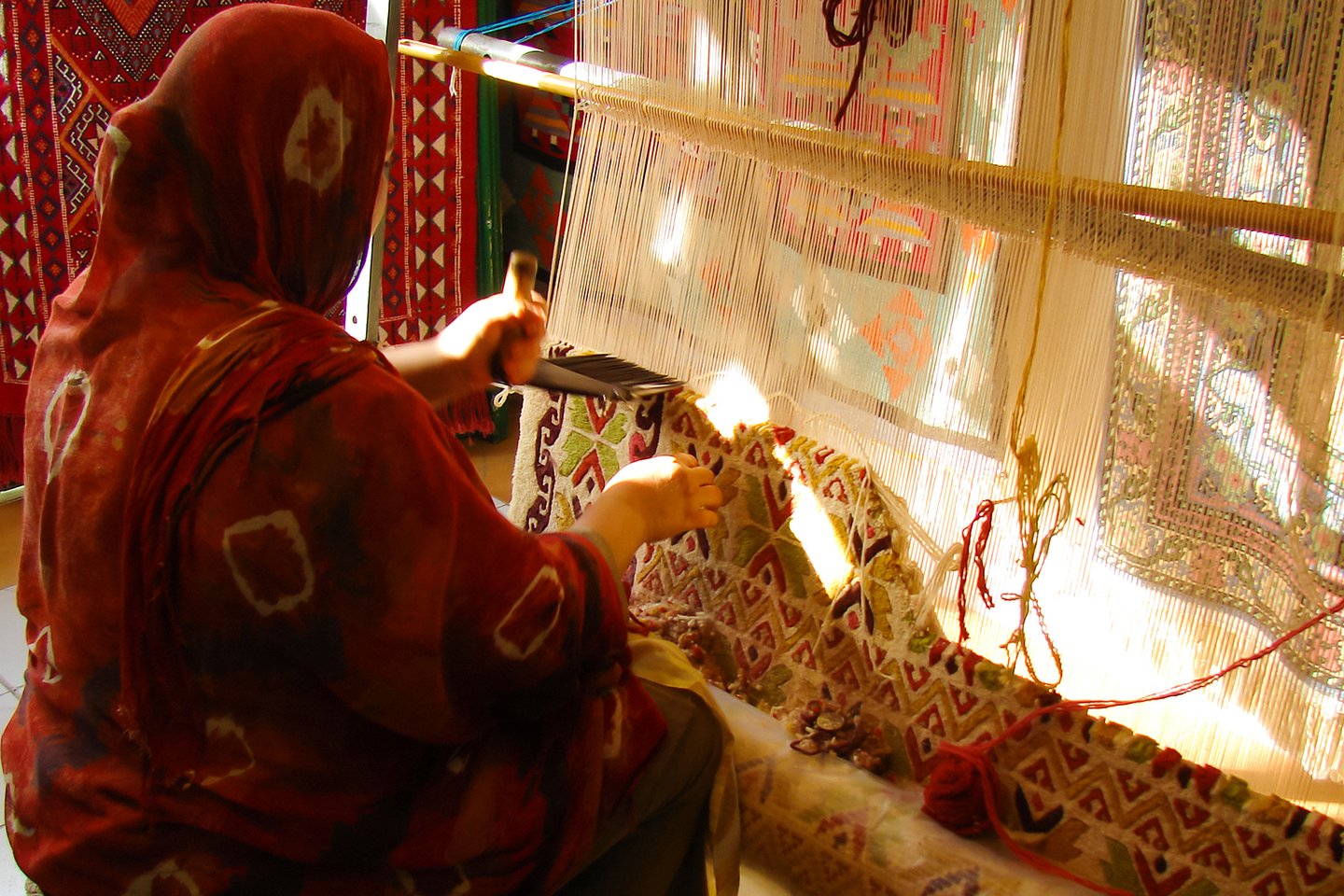
For many artisans, access to international markets is transformative. In Burkina Faso, women in rural villages weave baskets from dried grass, a skill honed over generations. Through partnerships with Fairtrade organizations, these women earn wages that far exceed local opportunities, allowing them to send their children to school and access healthcare. Similarly, in Egypt, brands like Malaika Linens employ refugee women to create exquisite embroidered bedding, providing them with income and dignity. In Mongolia, Oyuna connects herders producing cashmere with international buyers, enabling them to earn fair wages while preserving their traditional way of life. Meanwhile, Teixidors, a cooperative in Spain, empowers individuals with disabilities by providing them with meaningful employment, crafting luxurious, sustainable textiles that embody both tradition and social impact.
Such initiatives do more than preserve craft traditions – they sustain communities. Many crafts are at risk of disappearing under the weight of cheaper, factory-made alternatives. Burmese rattan weaving, for instance, has declined as plastic imports flood local markets. By selling their products abroad, artisans find a lifeline for their skills and traditions. However, there are challenges. The cost of handcrafted items is often prohibitive for local consumers in developing countries. A hand-carved stool in Indonesia might cost ten times the price of a factory-made equivalent. This means artisans rely heavily on international buyers, perpetuating the need for transport-heavy supply chains.
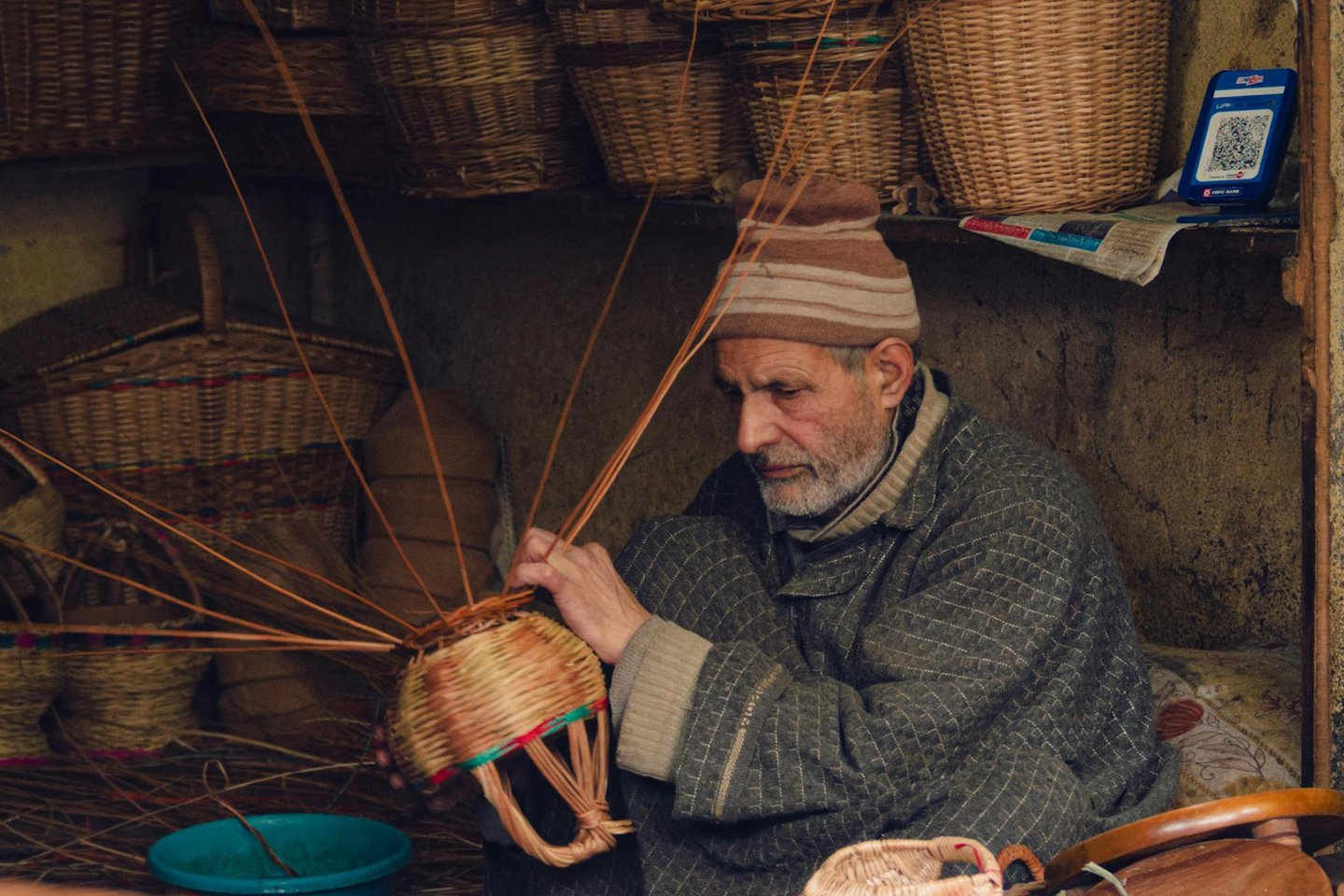
To address the sustainability-transport paradox, some brands are exploring innovative solutions. Localized production hubs, for example, bring artisans and consumers closer together. In Morocco, weaving cooperatives have started producing rugs for export markets while also serving local demand. By blending traditional techniques with modern distribution models, these cooperatives reduce transport distances without compromising authenticity.
Digital platforms are also reshaping the craft marketplace. Websites like Etsy allow artisans to sell directly to consumers, cutting out middlemen and streamlining logistics. This model supports small-scale production and can lower the environmental impact by simplifying supply chains.
Co-creation is another promising avenue. Some brands collaborate with international designers who adapt traditional techniques to local materials and markets. In Japan, for instance, Shaker-inspired crafts by artisans in Matsumoto use sustainably sourced domestic wood, reducing the need for long-distance shipping.
Consumers, too, play a vital role. By choosing brands with transparent supply chains and supporting local markets when possible, they can drive demand for ethical and sustainable practices. Certifications like Fairtrade and initiatives that offset carbon emissions through reforestation are valuable indicators of a brand’s commitment to sustainability.
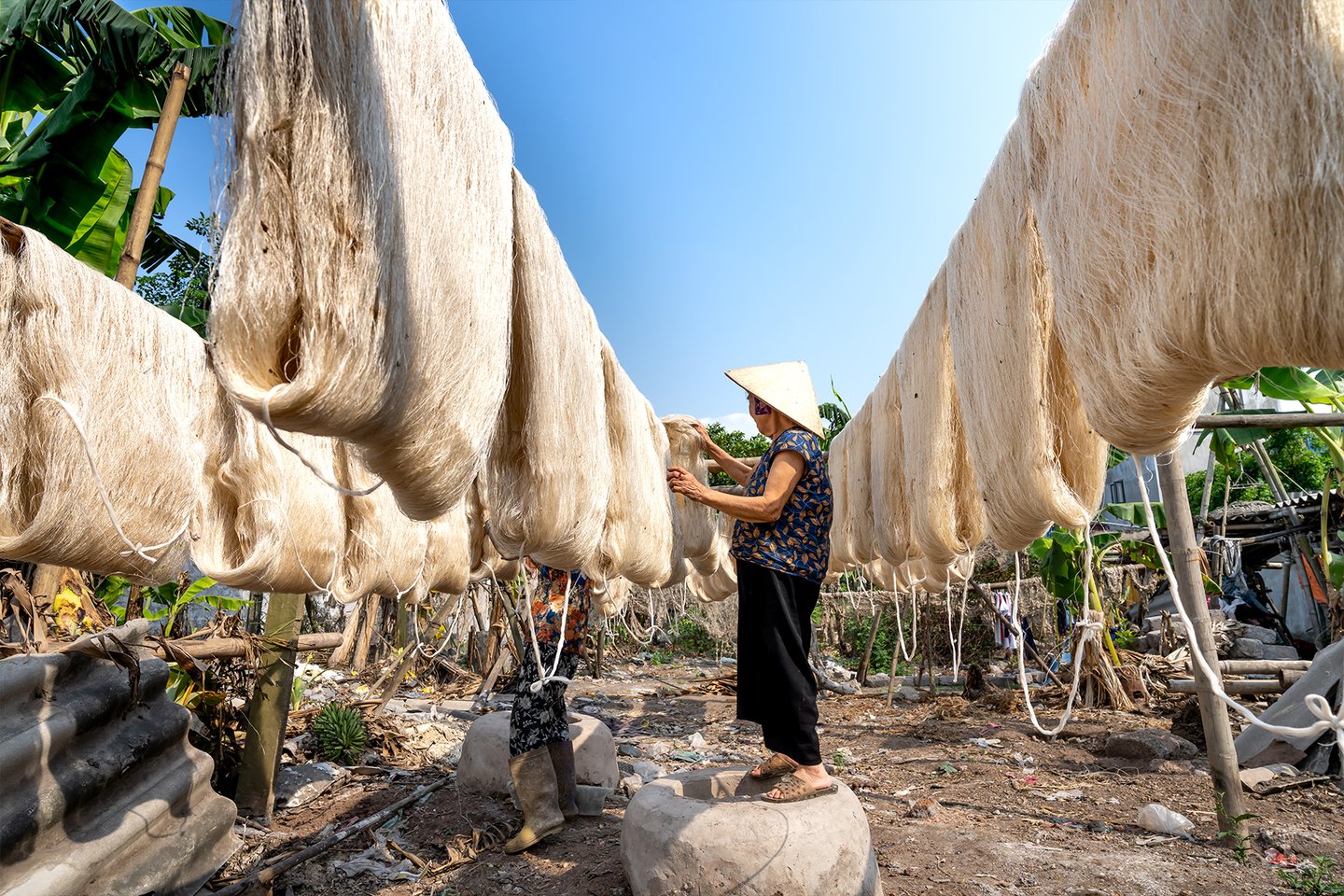
The global craft marketplace is a testament to human ingenuity and resilience. From handwoven silk in Vietnam to terracotta pottery in Mexico, crafts preserve traditions and enrich lives. They offer a vital source of income for artisans and provide consumers with objects imbued with history and meaning.
Yet, as demand for these goods grows, so does the need to reconcile their sustainability with the realities of transport. While no solution is perfect, thoughtful approaches – like sea freight, localized production and digital innovation – can reduce the environmental toll. Ultimately, the key lies in striking a balance; supporting the livelihoods of artisans, preserving their craft and minimizing harm to the planet.
In a world increasingly driven by conscious consumption, the journey of a craft item is as important as its destination. By understanding and addressing the complexities of sustainability and transport, we can ensure that the global craft marketplace continues to thrive – without compromising the future it seeks to protect.
The WLLW Shop is committed to balancing the sustainability of sourcing globally with the need to support traditional craftsmanship. While transporting goods worldwide has an environmental footprint, we believe the value of preserving generational skills, supporting family-run businesses, and celebrating cultural diversity outweighs the impact when approached responsibly. By carefully selecting long-lasting, thoughtfully crafted pieces, we aim to ensure that the journey of each item is meaningful and aligned with our vision for sustainable, intentional living.
Feature Image: Oyuna
Photography: XiX.Romero / Adobe, Rohit / Adobe, Elena / Adobe, Saqlain Ashraf / Pixels, Quang / Adobe

6 min read
WLLW traces the deep roots of natural materials used in artisanal crafts and their role in healthy and sustainable design.
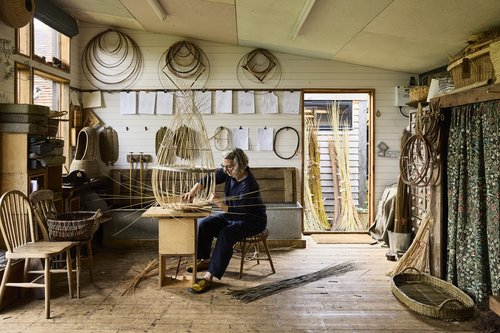
3 min read
At WLLW we seek to inspire a community that values health, sustainability and beauty in design by celebrating the lasting impact of thoughtful craftsmanship.